On the authenticity of subtle narratives with filmmaker and artist Rebecca Levy
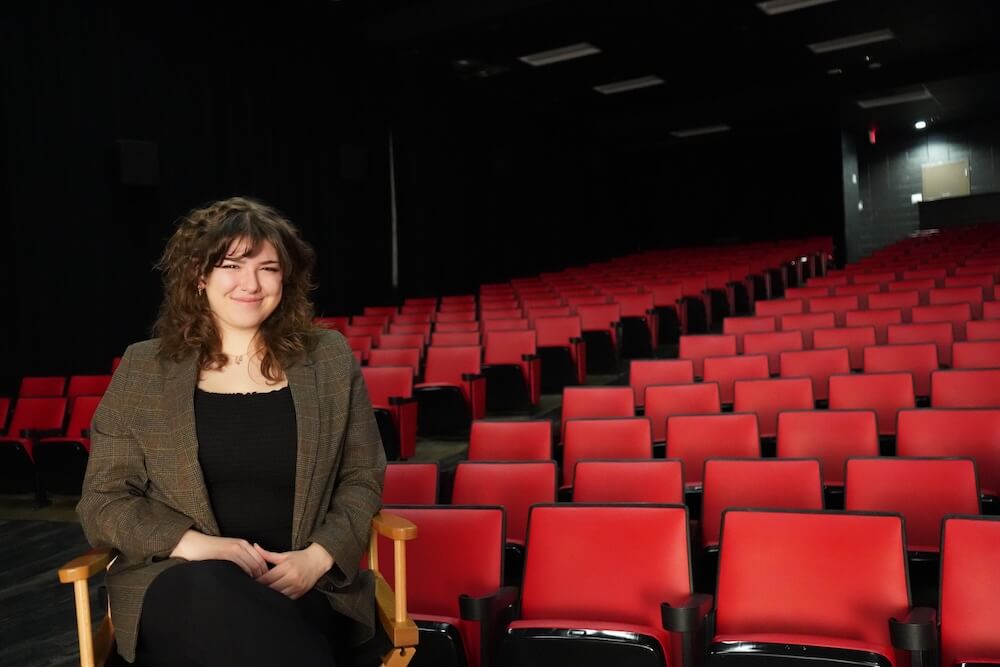

Rebecca Levy, a Georgia artist and filmmaker, captures the human experience in a “very subtle and real way.” Inspired by coming-of-age films like Jenkin’s “Moonlight,” and Burnham’s “Eighth Grade,” Levy’s films tackle themes of mental health, creative ambition, and ambiguity of the self while shining an optimistic and hopeful lens on overcoming and facing unseen struggles.
Levy leverages her experience as a painter, photographer and digital artist, displaying a vibrant, cozy and introspective aesthetic that draws attention to mixed mediums and striking composition. With a focus on exploring slice-of-life narratives, Levy inspires viewers to not only think of film as an escape, but as a space to explore the authentic self.
As a recent graduate from the University of Georgia, Levy has showcased several of her works at “Athens Film Festival,” “Rome Film Festival,” “New York Lift-off Film Festival,” “Atlanta Film Society” and student film festivals. She won “Best Georgia Film,” for “Still-Life,” at the “Athens Film Festival.” She is currently working on an upcoming experimental project called “Figs,” a coming-of-age project inspired by Sylvia Plath’s figs metaphor.
Levy’s most recent short film “Still-Life,” presents an overlap of painting and film, presenting a character who must choose to paint a still-life that resembles a polished version of her life, or choose to paint her disorganized reality.
Her music video ‘Eyes,’ by K.C. and the Kids was shot in downtown Athens, Georgia. The video features a character imagining her rock-star alter ego.
In Levy’s short poetic film “Fall,” she leans into college life and the subtle struggles of mental health.
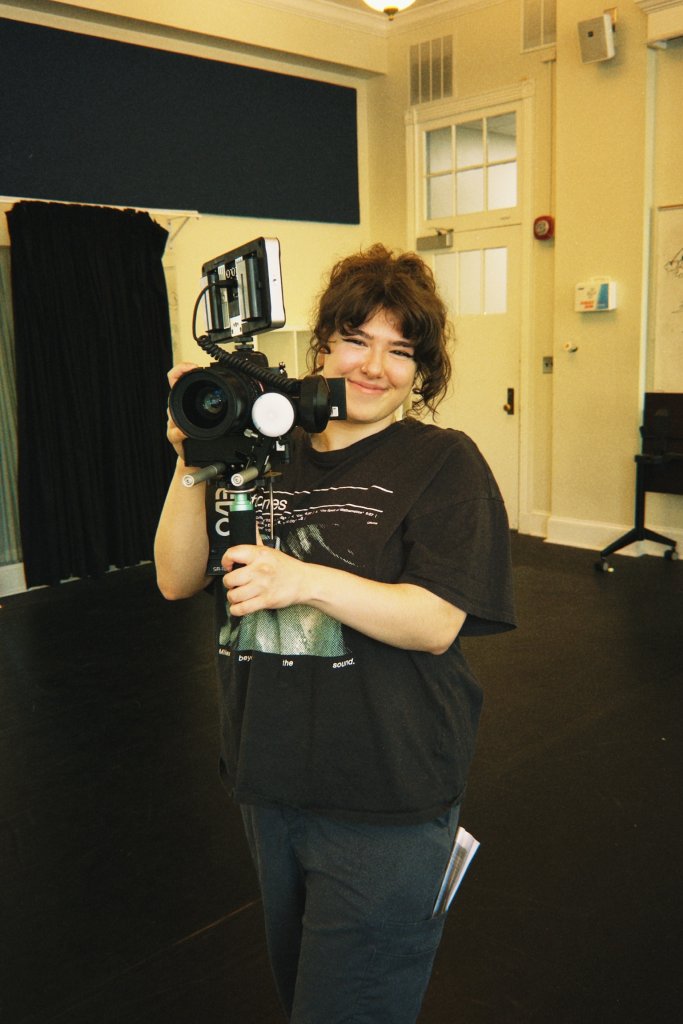
What was your original idea for “Still-Life?” What are some of the themes you wanted to explore?
There’s a lot of vulnerability in [being an artist]. And [the] perfectionism and examination of yourself can lead to a lot of positive and negative emotions. And as a perfectionist, but also someone who, throughout high school and college was procrastinator, I had experienced when doing an assignment for one of my painting classes, something that I was just getting overwhelmed by, because I wanted it to be so good. And that made me overwhelmed that I was putting it off, and then I was doing it the night before, and I was like, “I care a lot about this assignment. Why did I give myself so little time?”
And I was sitting in that feeling of like, kind of a self hatred, of “Why did I do this to myself and self sabotage?” And it was such a large feeling that I’ve experienced in other places in my life as well, with creating things and being in charge of overseeing myself create them. The creative process is such a tumultuous one. I think that was a big feeling that I just wanted to capture and process. Writing “Still-Life” helped me process it, and it was very cathartic to show it to people and have other people relate to it and know that I’m not alone in that feeling. In most of my films, I like to examine mental health topics that are kind of subtle and every day, versus maybe like the larger, flashier kind. And I want to find beauty in that ugly experience, both in the creative process of “getting your insights out,” as well as just living life in some depressive states sometimes and what beautiful things can come from that.
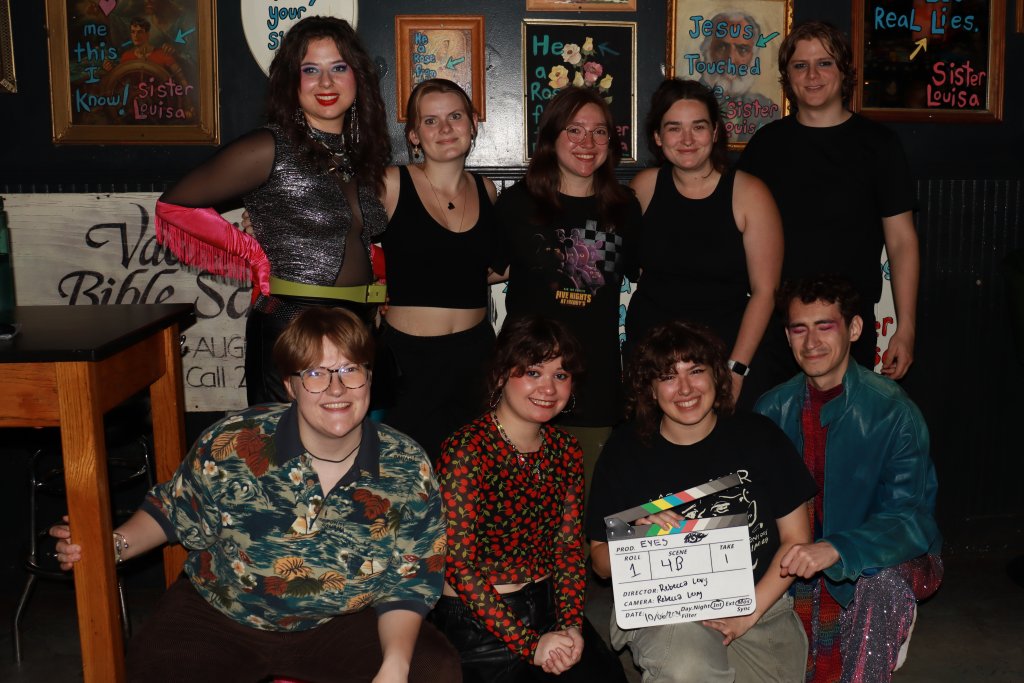
What artistic approach did you take with “Eyes?”
I had so much fun making that music video. You can probably tell that from me talking about these other short films that there were a lot of gears turning in my head. For this one, I just wanted to make something that looks really cool and have so much fun with it.
[The band] are friends of mine so I went to them with some visual ideas from a Pinterest Board, just visuals that had been inspiring me, and I talked to them a little bit about what their song ‘Eyes,’ means, and I found a way to blend visual style with the meaning of their song.
Would you describe “Fall” as a slice-of-life?
I would say that it’s more of a poetic film than one with a beginning, middle, and end. I just wanted to capture a feeling. I learned so much from that film. I would do it differently now, but I wanted to capture the feeling of disillusionment in your life, of that subtle, mental health struggle. [When] “there’s nothing specifically wrong, but I feel wrong,” and show that in a setting that is beautiful, there’s an ugly feeling. I like that contrast.
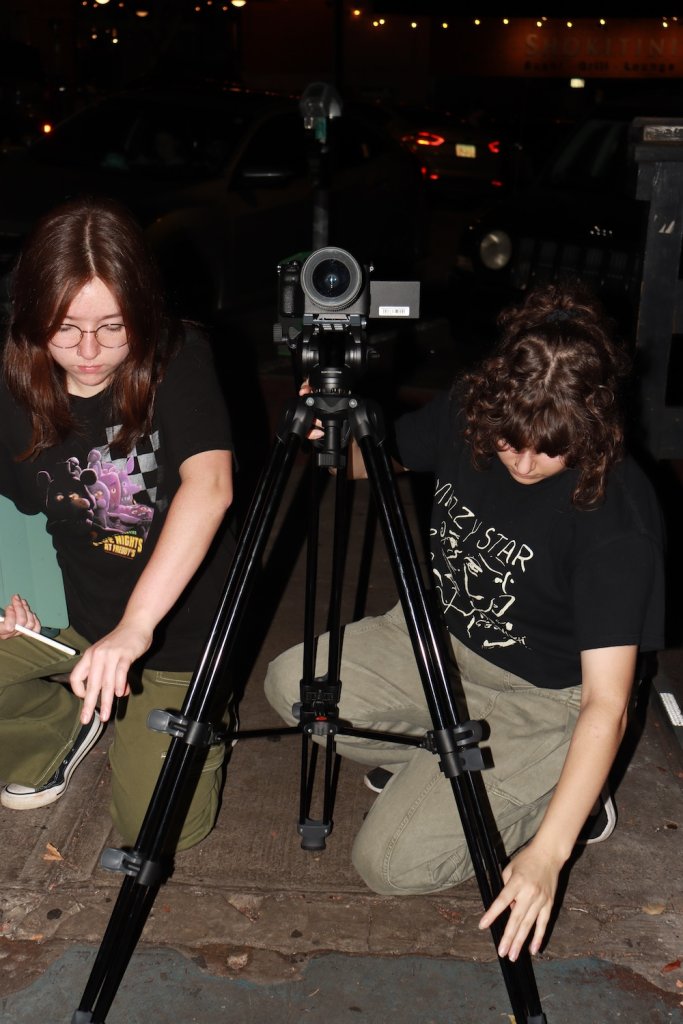
What would you say makes you unique to other artists?
I’d like to say that my specific point of view is that realistic optimism, currently, in female story-telling in the south, but I’m open to expanding that as well.
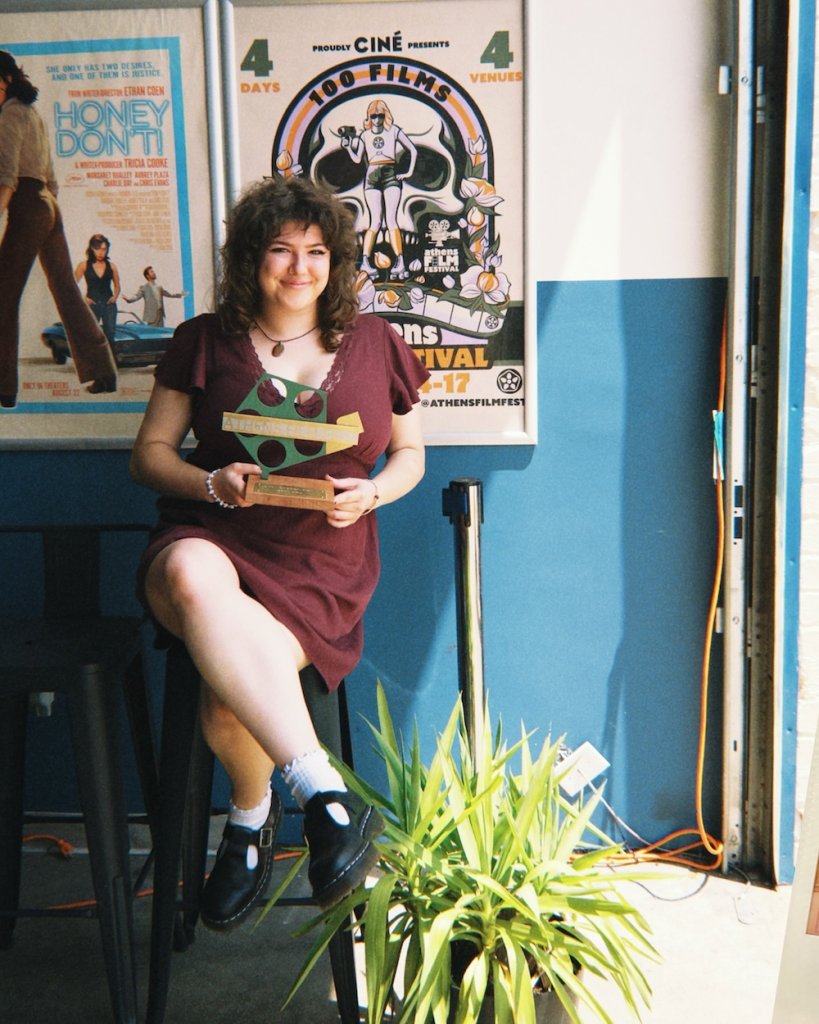
How would you describe your work to someone who has never seen it?
I would say that I like to blend visual art, painting, drawing aspects and things like composition and color that I’ve learned within that art and blending that into filmmaking where the screen is really a canvas. I try to create very real, subtle, but powerful stories about vulnerability and going through life as a person.
Do you have any upcoming projects in the works? Where do you hope those projects go?
I’m working on a documentary feature called ‘Tiny Town.’ We’re working to explore rural gas station communities in Georgia, because, in a beautiful, ironic way, one of the first short films I ever shot was at a gas station in Carlson, Georgia. There were so many eccentric characters and a sense of community that I think is very rare, especially in the context of society right now. There’s [so] much conglomerating and losing “third-party faces.” We want to examine these rural gas station communities in the context of the rural south and community and the characters that inhabit it.

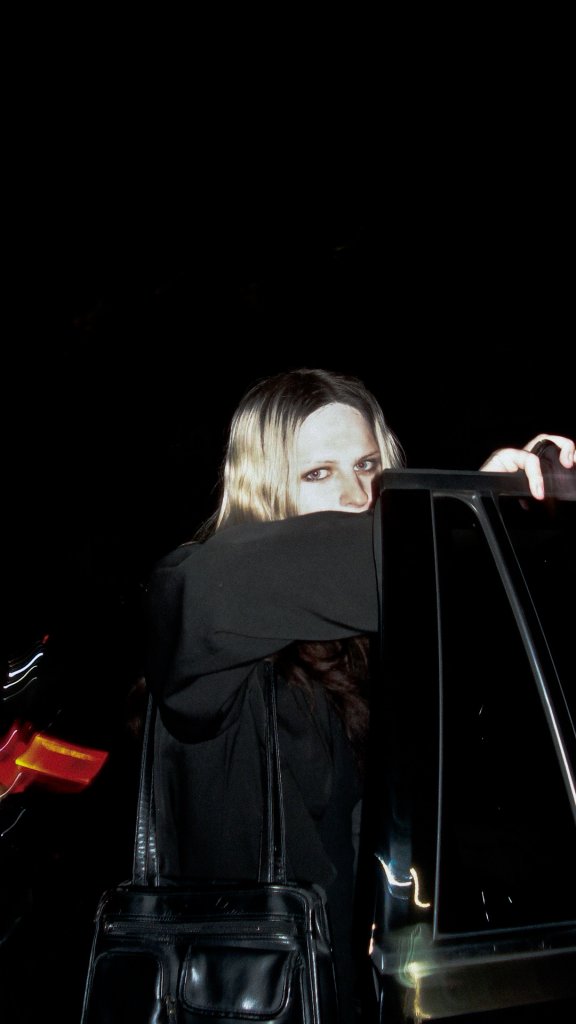
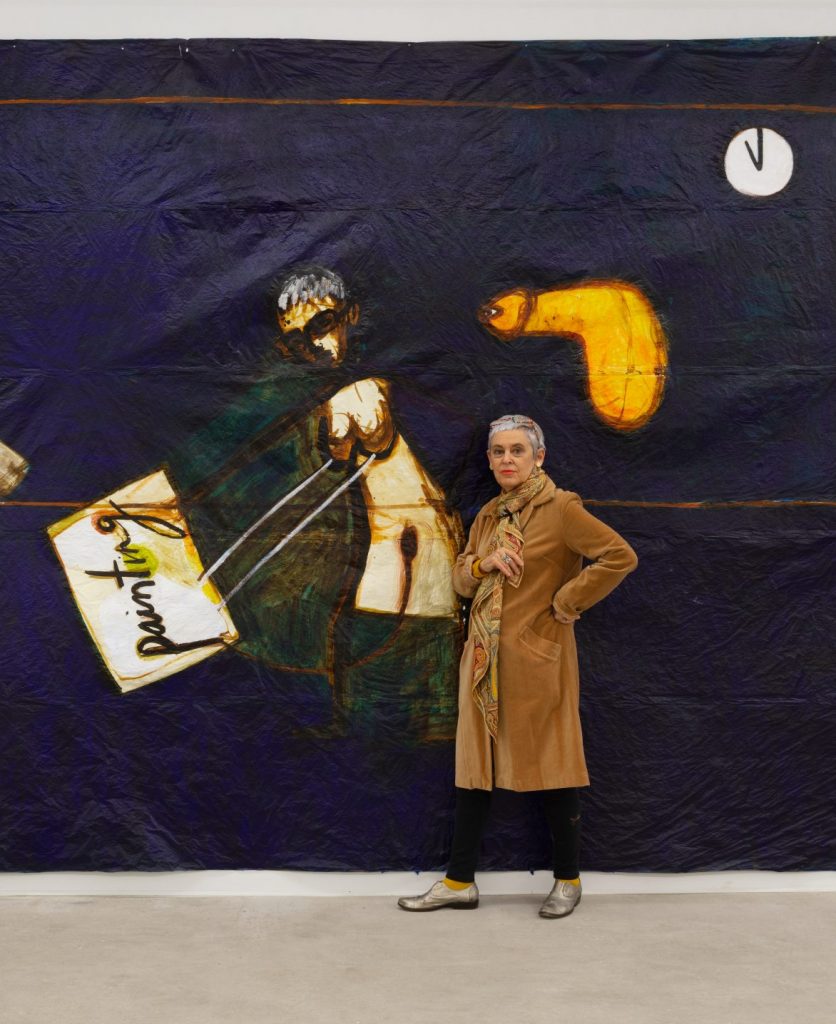
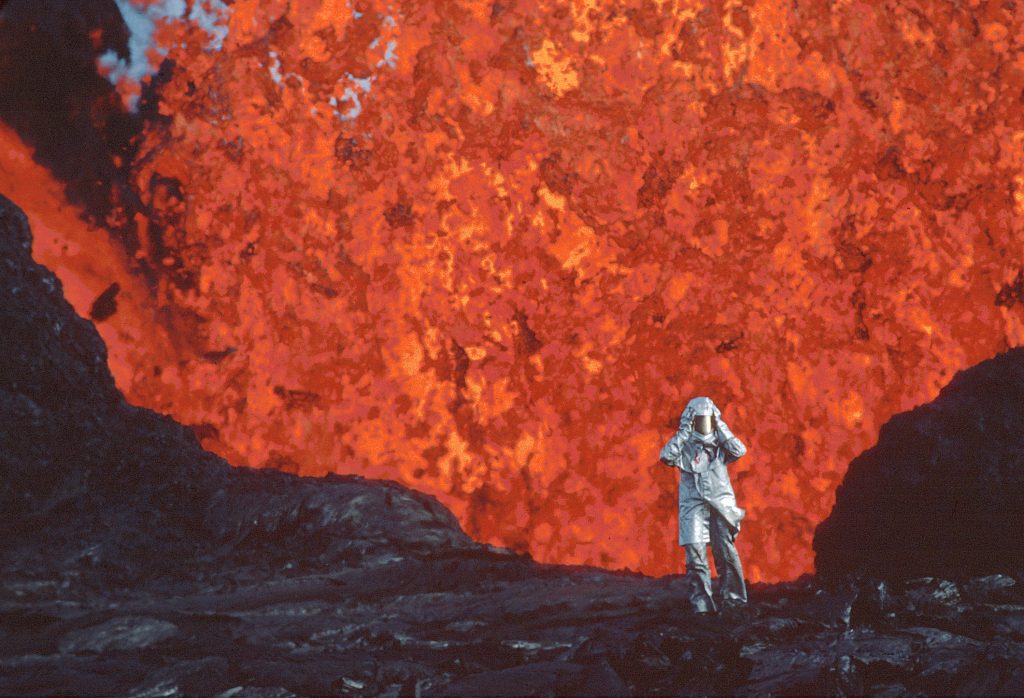
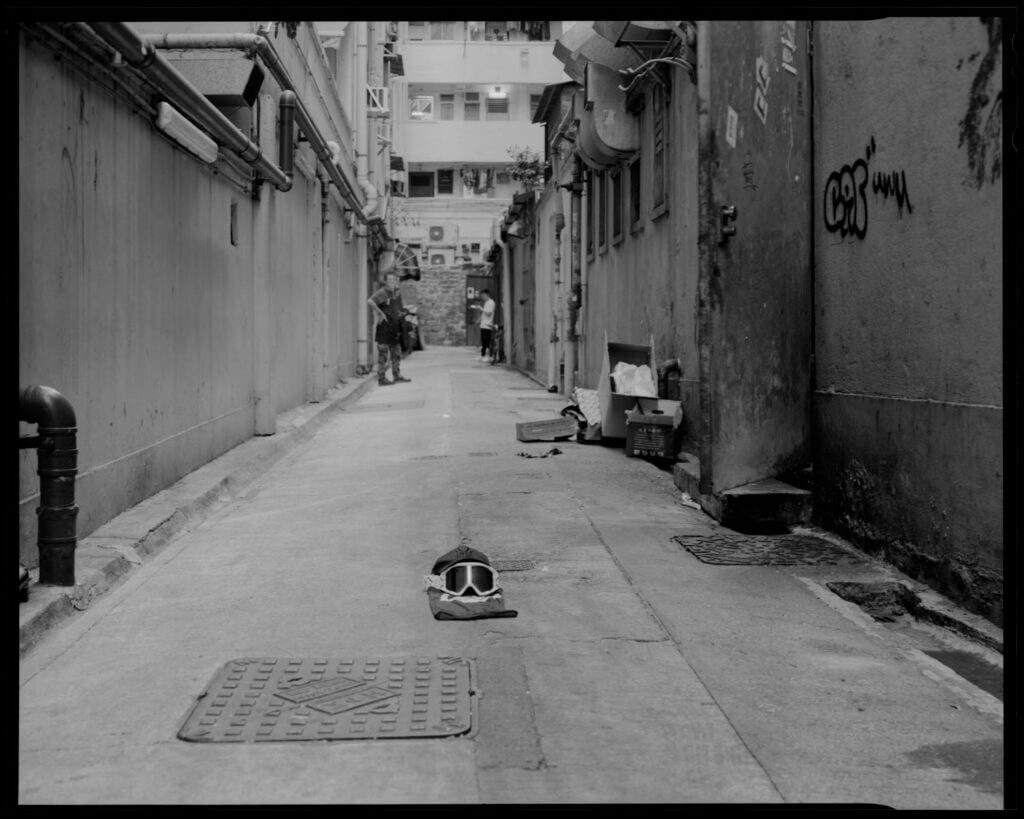
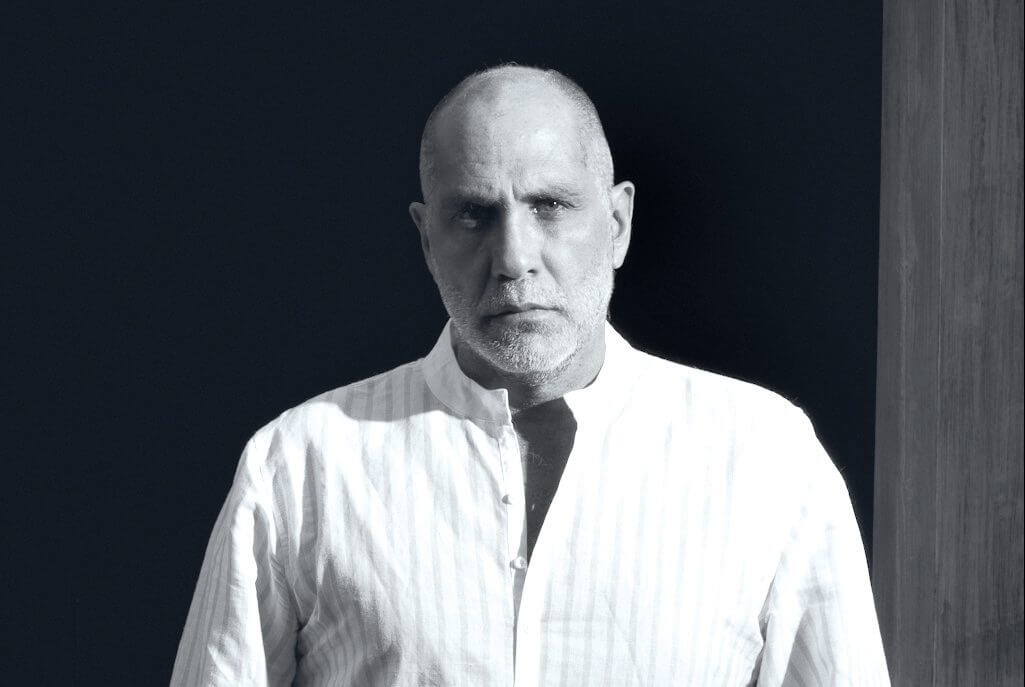
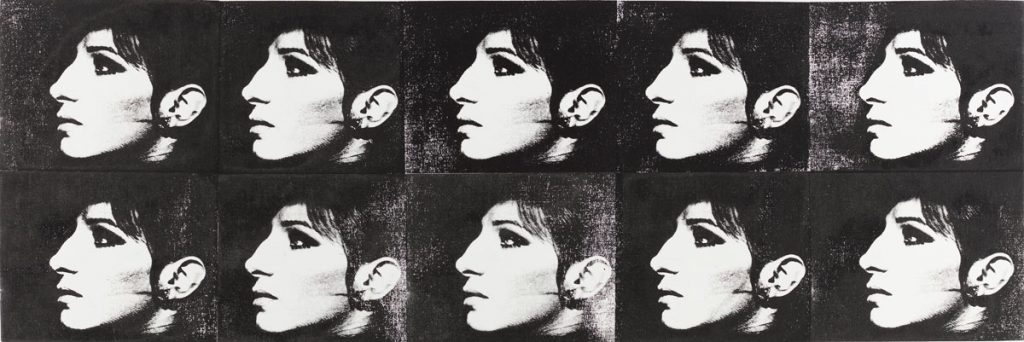
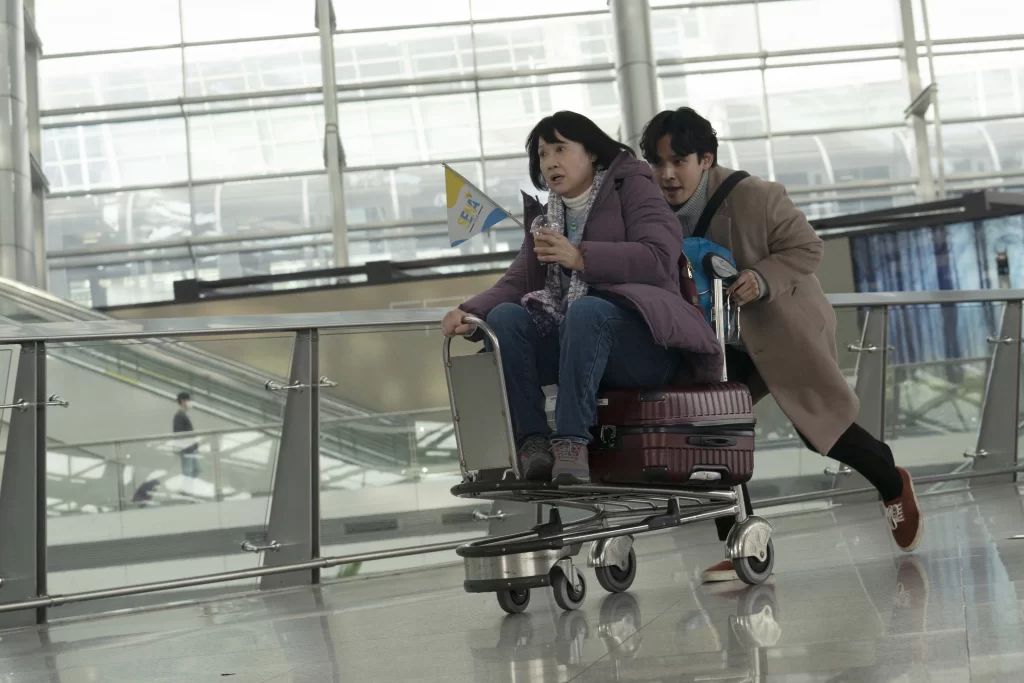
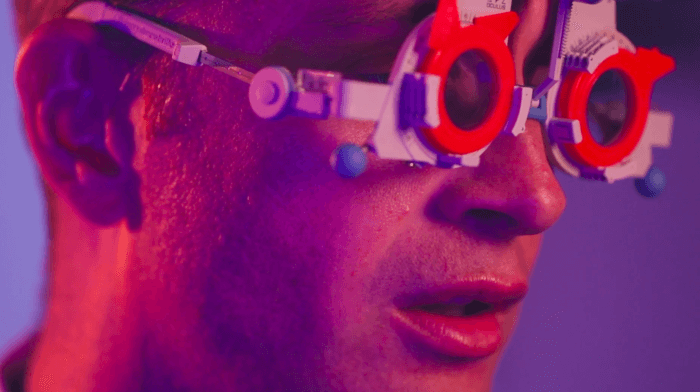
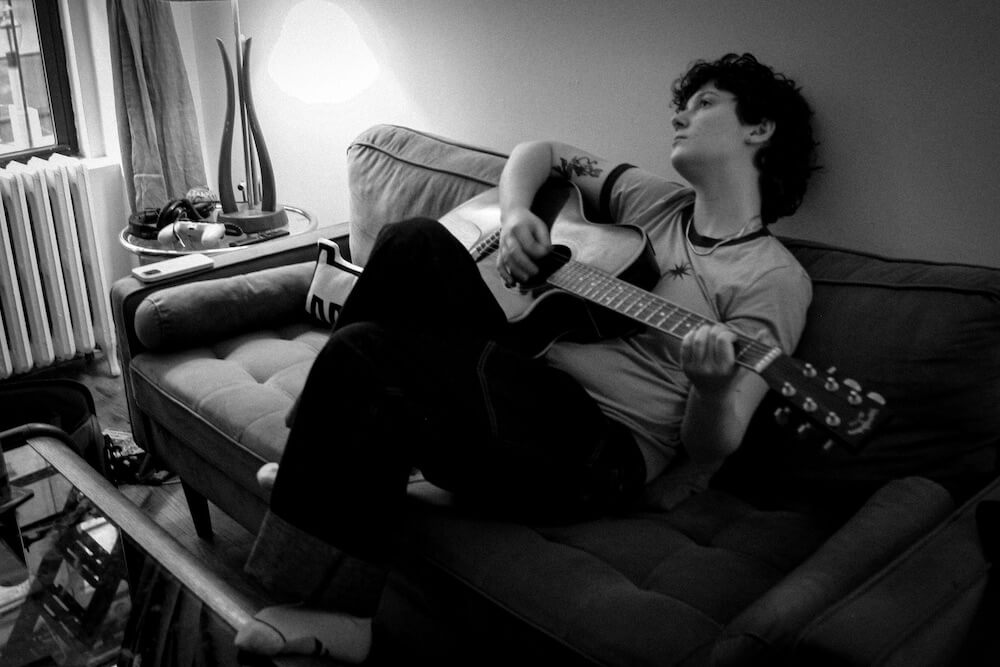
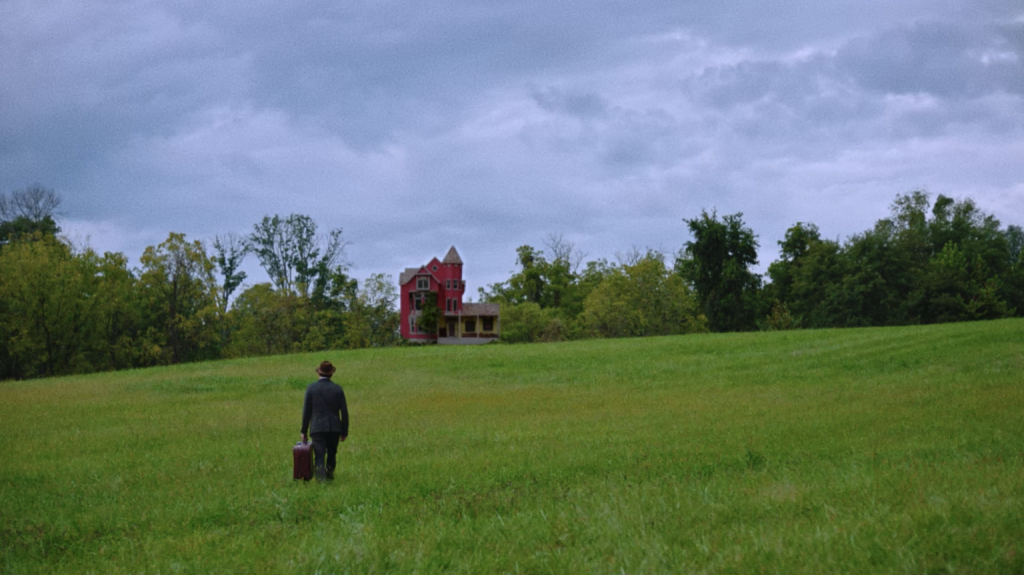
Responses